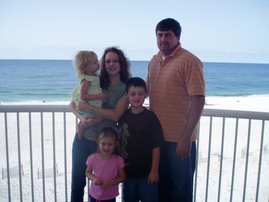
Montgomery, Sy. (1999 ). The snake scientist. New York: Houghton Mifflin Company.
Awards: 2000 IRA Children’s Book Award, 2000 Orbis Pictus Honor Book, 1999 Booklist Editor’s choice, 2000 VOYA Nonfiction Honor List, 1999 Bulletin of the Center for Children’s Books- Blue Ribbon Winner
Grade Level: Middle School, Read-Aloud for 3rd
Lexile: 930L
Author’s Credibility: Sy is a jack of all trades. She writes books for children and adults. She is also a newspaper columnist, documentary scriptwriter, and radio commentator. She has made four trips to Peru and Brazil to study pink dolphins. This supports the fact that she is a naturalist. She has won two awards, one of which was for the book The Snake Scientist.
Summary/Response: The Snake Scientist book offers the reader a view into the life of the red-sided garter snake. You can feel the passion that Bob Mason has for the reptiles through Montgomery’s fluent writing. Scientists visit overflowing dens everyday with enthusiasm to find out all the information they can about this natural awe. The snakes are carefully rounded up, measured, and weighed.
Some of the snakes are used for further evaluation, such as mating behavior and travel behavior. Labs are constructed on site to evaluate their behaviors, there are no decorated labs. Great care is taken to these snakes during the observations to guarantee a safe return back to the den.
The reader will find him/herself lost in a web of facts concerning these reptiles. There are tremendous facts from how many months the snakes can be found to their social behaviors.
Standards: Language: Students read a wide range of print and non-print texts to build an understanding of texts, of themselves, and of the cultures of the United States and the world; to acquire new information; to respond to the needs and demands of society and the workplace; and for personal fulfillment. Among these texts are fiction and nonfiction, classic and contemporary works.
Science: Structure and function in living systems, reproduction and heredity, regulation and behavior, populations and ecosystems, diversity and adaptations of organisms.
Illustrations: Brilliant photographs are used in the book. These capture the snakes and people who work with them.
Access Features: At the back of the book you will find unsolved questions, information on visiting the Narcisse snake dens, further reading, a respect note, acknowledgements, and an index. This is a chapter book with illustrations on every page.
Related Text: The Tarantula Scientist by Sy Montgomery- same author about a scientist, The Bug Scientist by Donna M. Jackson- scientist book, The Woods Scientist by Stephen R. Swinburne- scientist book, The Wildlife Detectives: How Forensic Scientist Fight Crimes Against Nature by Donna M. Jackson-scientist book
Classroom Use: This book would be a prized addition to the science library. Students could choose to read this book on their own or the teacher could use it as a read aloud. I would use it as a read aloud to extend the students’ knowledge of a member of the reptile community.




